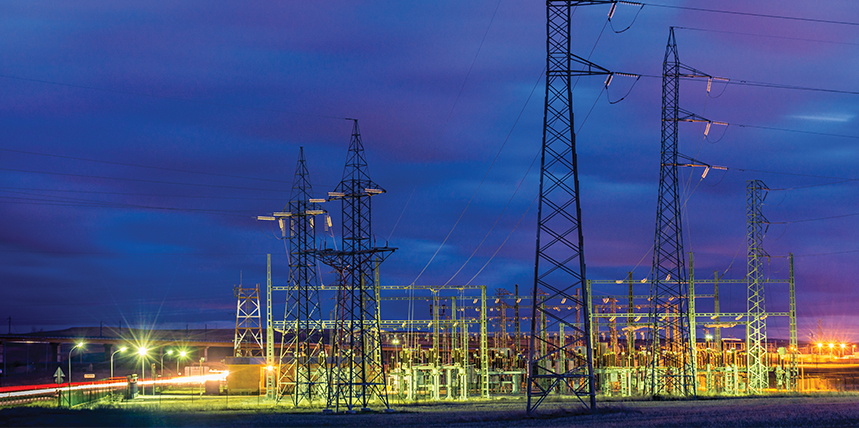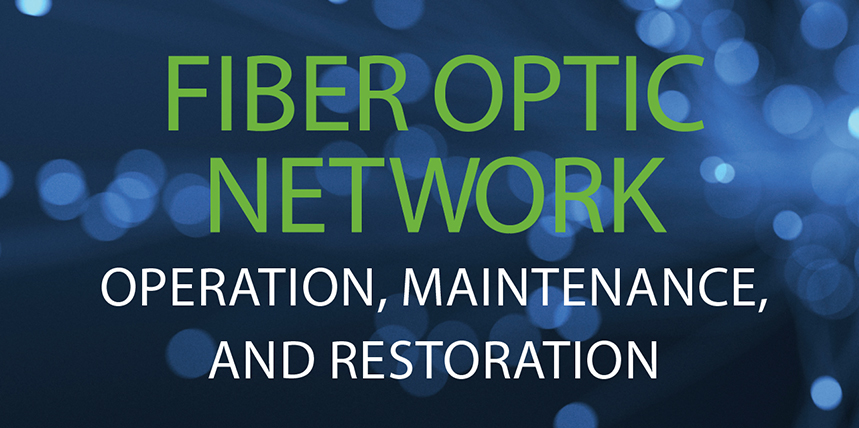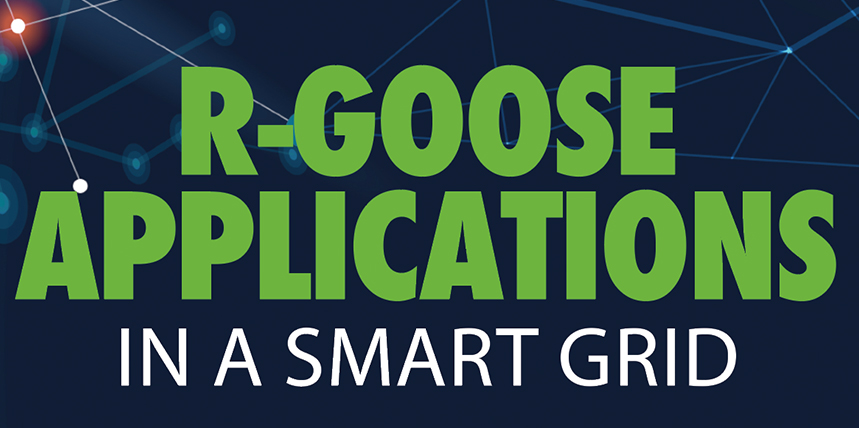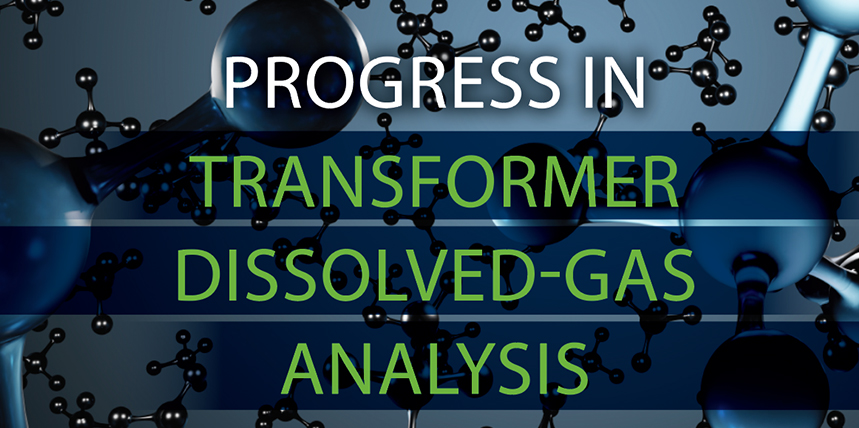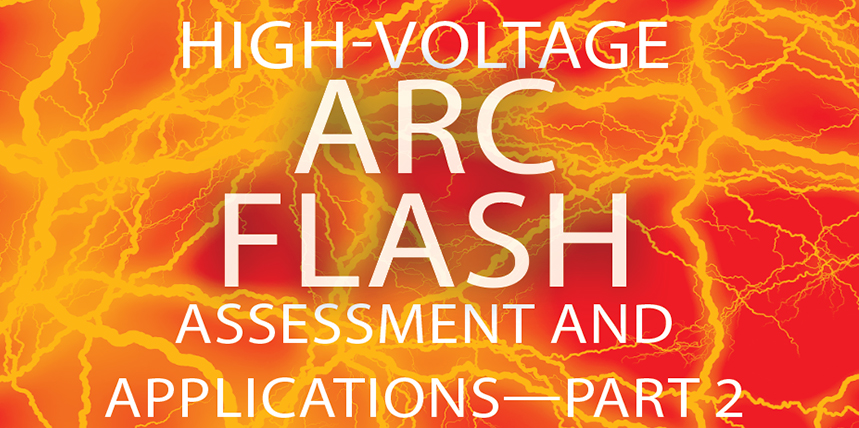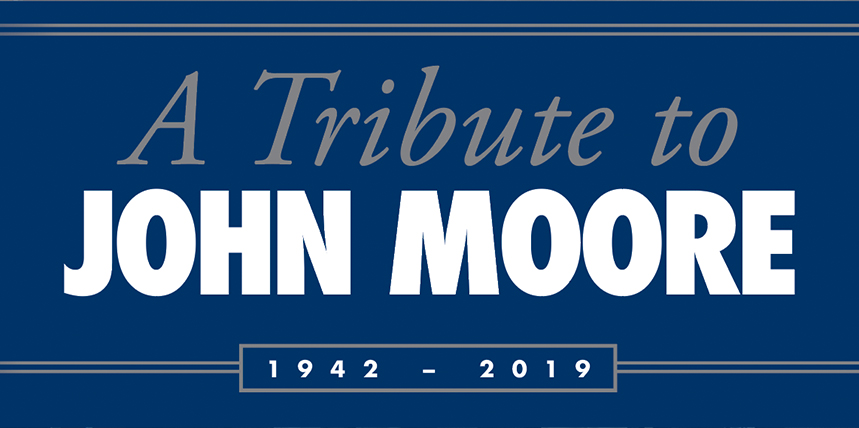Due to the complex temperature-driven dynamics of the exchange of water between the paper insulation and the oil and the lack of thermal equilibrium in most operating transformers, it is difficult to interpret the water content of oil or paper insulation by looking at individual dissolved-water measurements or time-series data. Furthermore, increases in water solubility due to aging of oil …
End-to-End Testing for Line Differential Protection
Line differential protection is one of the most popular applications used for transmission line protection. Line differential protection works on the theory of Kirchhoff’s current law, where the magnitude of the current flowing into the line should be equal to the current flowing out of the line. For line differential protection, the zone of protection is defined by the location …
Fiber Optic Network Operation, Maintenance, and Restoration
All networks are susceptible to problems that affect communications. One consequence of a fiber optic system’s high bandwidth, long distance capability, and security is the extreme dependence of users on the non-stop operation of these systems. Because they can transmit large amounts of data long distances with immunity from signal degradation and extremely high reliability, these systems usually carry the …
R-GOOSE Applications in a Smart Grid
The high level of penetration of distributed energy resources (DERs) is one of the main characteristics of the smart grid, and it requires a different approach to the protection of the grid. IEC 61850 is widely accepted around the world due to the significant benefits it provides compared with conventional hardwired solutions. However, many specialists in the industry still hesitate …
Progress in Transformer Dissolved-Gas Analysis
Dissolved-gas analysis started out many years ago as a quick and simple test: Someone in the substation would briefly open a valve and sniff the transformer’s head-space gas. The pungent odor of a trace of acetylene would signify a potentially serious problem. By the late 1960s, it was possible to use a gas chromatograph as a much more sensitive nose …
What’s in a Partial Discharge Monitoring System?
Partial discharge (PD) testing is becoming common in U.S. industrial systems and is gaining acceptability in U.S. utilities. Testing in the form of periodic surveys can provide valuable insight into asset condition. Beyond periodic surveys, full-time system monitoring is the state of the art in PD detection, offering additional capabilities that: Warn of rapidly evolving PD situations that might go …
High-Voltage Arc Flash Assessment and Applications—Part 2
Part 1 of this article, which was the cover story in the previous issue of NETA World, explored the need for high-voltage arc flash (HVAF) assessment to protect utility workers who are exposed to voltages above 15kV. It also compared various methods to calculate the incident energy from HV and MV electric arcs. Analyzing the results demonstrated that several methods …
A Tribute to John Moore 1942-2019
I met John Moore in 1975 at an IEEE meeting in San Francisco. He had started Electro-test, Inc. (ETI) in his garage just four years earlier. I was fascinated by his enthusiasm and passion for his business. I was working at a large corporation then, and at the time, I didn’t even understand why such a service was needed; the …
NFPA 70E and Electrical Testing
In 1976, OSHA asked the National Fire Protection Association (NFPA) to develop a safety standard it could consult to develop its own electrical safety regulations. This was the start of NFPA 70E. At that time, Chapter 1 included the safety portions of the National Electric Code (NEC) broken out for compliance officers to use in the field. Not many people …
Electrical Safety Program Principles: Are They in Your Electrical Safety Program?
NFPA 70E Article 110.1 and CSA Z462 Clause 4.1.6 outline the requirements to implement a compliant electrical safety program as part of an employer’s overall occupational health and safety management system (OHSMS). ANSI Z10, Occupational Health & Safety Management Systems (for the US) and CSA Z1000, Occupational health and safety manage-ment (Canada) outline general requirements and specific content for an …
- Page 2 of 2
- 1
- 2
